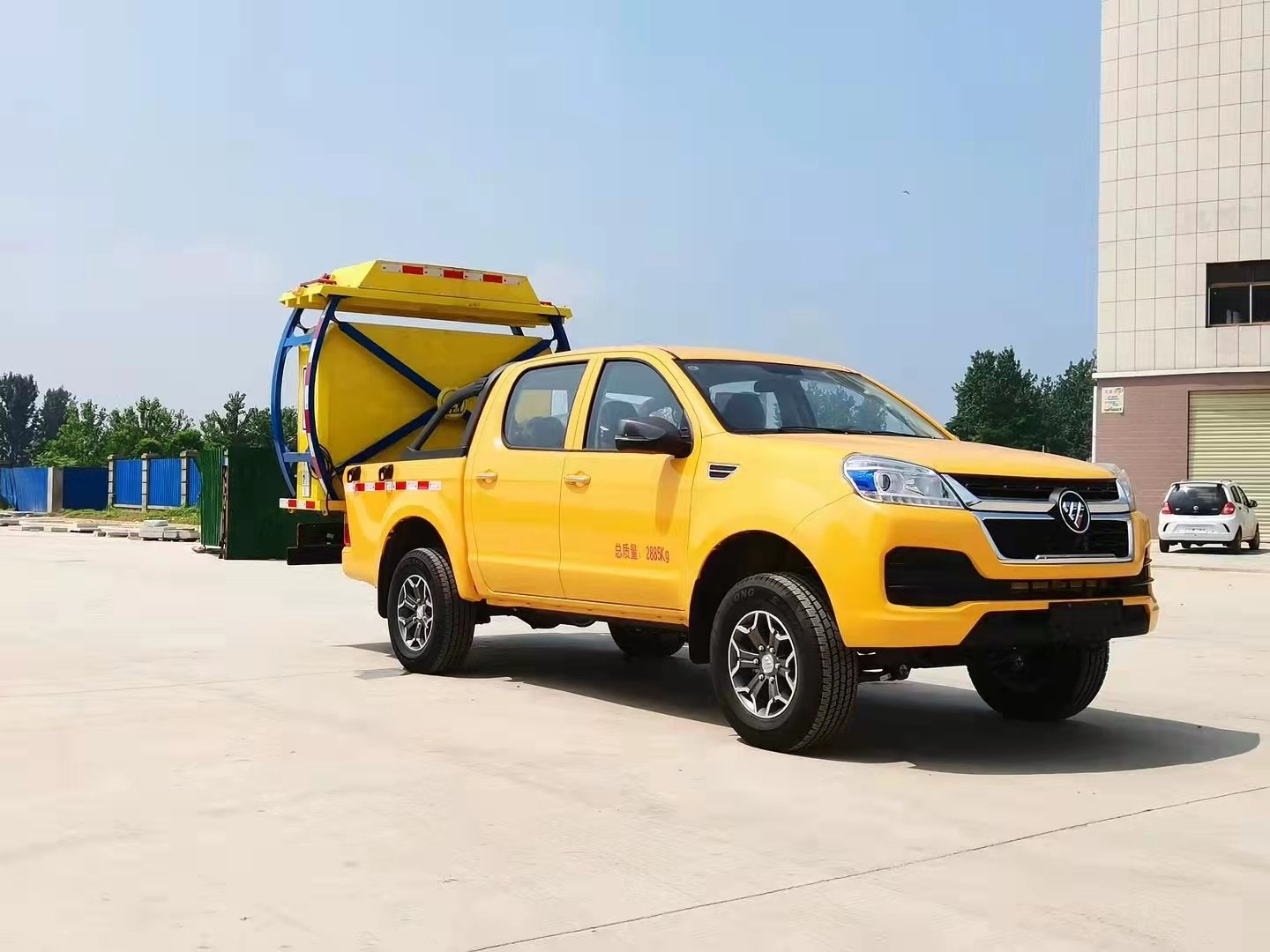What is a Vacuum Truck?
Introduction
A vacuum truck, also known as a suction excavator or a sucker truck, is a specialized vehicle used in various industries for suctioning and transporting liquids, sludges, and solids.
Uses of Vacuum Trucks
Vacuum trucks have a wide range of applications in different sectors, including:
- Waste Management: Vacuum trucks are commonly used for the collection and transportation of wastewater, sewage, and other liquid waste materials. They play a crucial role in maintaining cleanliness and preventing environmental contamination.
- Industrial Cleaning: These trucks are utilized for cleaning industrial equipment, tanks, and pipelines. The powerful suction capability of vacuum trucks allows for effective removal of debris, sludge, and other unwanted substances.
- Oil and Gas Industry: Vacuum trucks are extensively used in the oil and gas sector for various purposes such as cleaning drilling mud, transferring liquid waste, and maintaining oilfield equipment.
- Construction Sites: Vacuum trucks play a vital role in construction projects by assisting in the removal of construction debris, excess water, and sludge. They contribute to maintaining a safe and clean worksite.
- Hazardous Material Handling: Vacuum trucks equipped with specialized containers and filtration systems are employed for the safe collection and disposal of hazardous materials, including chemicals and contaminated substances.
Components of a Vacuum Truck
A typical vacuum truck consists of the following components:
- Vacuum Pump: The vacuum pump creates suction by removing air from the tank, enabling the vehicle to draw in liquids, sludges, and solids.
- Storage Tank: The storage tank holds the collected materials and prevents them from spilling or leaking during transportation.
- Hose and Suction Nozzle: These components are used to extract materials from the source and transfer them into the storage tank through suction.
- Filtration System: The filtration system separates the liquid or solid materials from the air, allowing only the desired substances to enter the storage tank.
- Discharge Valve: The discharge valve is used to empty the contents of the storage tank at the designated location.
Advantages of Using Vacuum Trucks
There are several advantages to using vacuum trucks:
- Efficiency: Vacuum trucks offer efficient and quick removal of various materials, saving time and labor compared to manual methods.
- Versatility: These trucks can handle a wide range of substances, including liquids, sludges, solids, and hazardous materials.
- Environmental Safety: Vacuum trucks ensure proper containment and disposal of waste materials, minimizing the risk of environmental contamination.
- Precision and Control: The suction power of vacuum trucks allows for precise and controlled removal of materials, minimizing damage to surrounding infrastructure.
- Cleaning Capabilities: Vacuum trucks are highly effective in cleaning and maintaining industrial sites, construction areas, and other locations.
Conclusion
Vacuum trucks play a crucial role in various industries, offering efficient and safe removal of liquids, sludges, and solids. Their versatility, reliability, and environmental benefits make them an essential asset in waste management, industrial cleaning, construction, and hazardous material handling.


